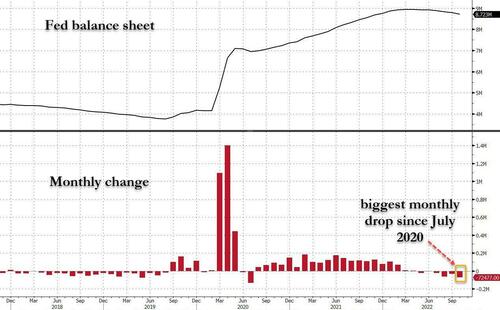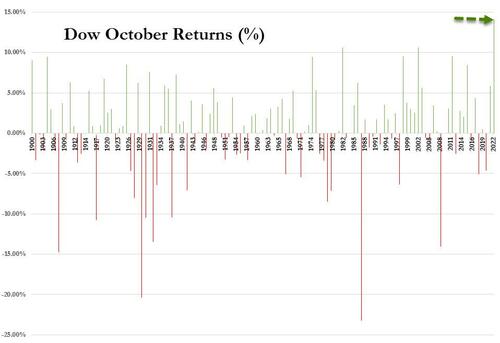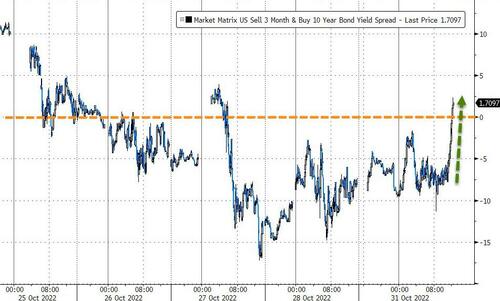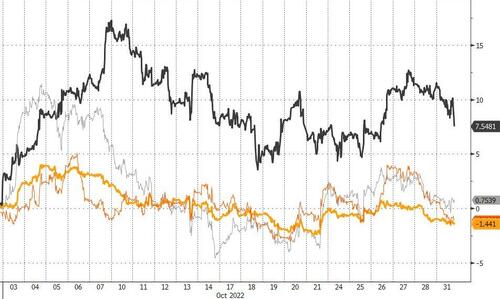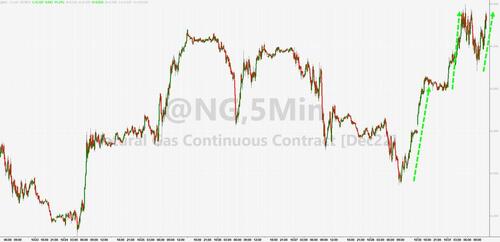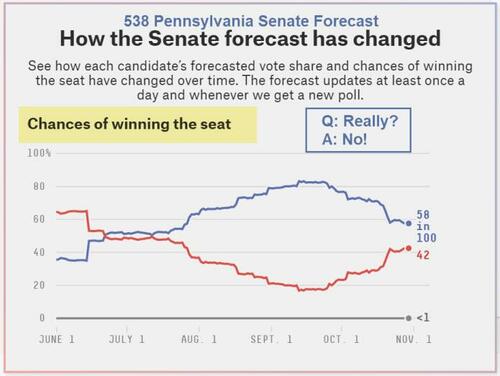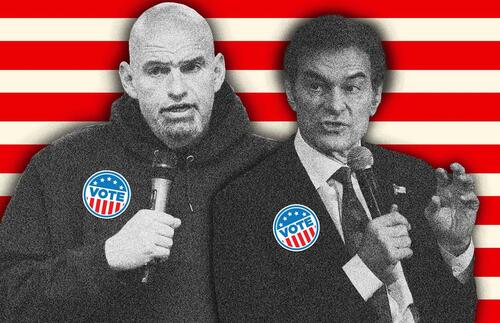

Earlier today, the Supreme Court heard oral arguments in cases challenging Harvard’s an the University of North Carolina’s use of racial preferences in admissions. The plaintiffs contend that Harvard and UNC’s admissions policies violate Title VI of the Civil Rights Act of 1964, and that UNC—as a state institution—is also in violation of the Equal Protection Clause of the Fourteenth Amendment (which restricts discrimination by the government, but not that by private parties). Harvard and UNC argue that their policies promote educationally valuable “diversity,” a purpose for which previous Supreme Court rulings Grutter v. Bollinger (2003) and Fisher v. University of Texas II (2016) allow at least some use of racial preferences.
In this post, I go over the major options before the justices. The conservative majority on the Court is highly likely to rule against Harvard and UNC. But there are a number of different ways it could do so, which have divergent implications for future cases. In my view, the best option is for the Court to simply rule that “diversity” is not a “compelling state interest” justifying the use of racial discrimination by government under the Fourteenth Amendment, and that such discrimination also violates Title VI. But that’s far from the only option available to the justices.
The simplest way for the Court to decide these cases would be to reaffirm Grutter and Fisher II and uphold lower court rulings concluding that Harvard’s and UNC’s policies are legal. I’m not going to spend much time on this possibility, because it is highly unlikely to happen. It obviously goes against the inclinations of the conservative majority on the Court. And if that majority did want to maintain the status quo, they probably would not have decided to hear these cases in the first place. Not surprisingly, today’s oral arguments revealed that all six conservative justices are highly skeptical of the universities’ position.
The other relatively simple option is more likely. The Court could hold that educational diversity is not a legitimate justification for the use of racial preferences. One can make a plausible case that the text and original meaning of the Fourteenth Amendment permits the use of racial preferences for purposes of compensatory justice—offsetting a long history of discrimination against minority groups, particularly African-Americans. But there is no such historical or textual rationale for “diversity” preferences. That’s especially the case when the racial categories use to decide which groups get preferences and which do not are sweeping and arbitrary, often amounting to little more than crude racial and ethnic stereotyping. As my co-blogger David Bernstein points out in an amicus brief he file in the case:
Harvard and UNC cannot justify grouping people whose national origins represent
roughly 60% of the world’s population together as “Asian,” despite vast differences within this category in appearance, language, and culture. Nor can they explain why white Europeans from Spain, people of indigenous Mexican descent, people of Afro-Cuban descent, and South and Central Americans who may be any combination of European, African, and indigenous by descent are grouped together as “Hispanic.”
The “white” category is equally crude and arbitrary, lumping together such diverse groups as Arabs, Italians, and Russians. I cover some other flaws of the diversity rationale here and here. Among other things, if taken seriously, it creates a nearly limitless rationale for discrimination in favor of a vast array of different groups. And if educational diversity is an important enough interest to justify racial discrimination, why not a wide variety of other government interests? For example, why can’t the state’s interest in promoting public safety and reducing crime justify the use of racial profiling by law enforcement? These interests seem at least as worthy as diversity.
The arbitrary nature of the categories used by the schools came up in today’s oral argument. For example, Justice Alito asked why a student from Afghanistan should be lumped in the “Asian” category along with Chinese and Japanese applicants, and whether such dubious choices make the classifications used by universities “arbitrary and, therefore, unconstitutional.” Ironically, as David Bernstein notes, Afghan applicants are usually classified as “white,” rather than Asian. But grouping them with Italians and Germans seems no less arbitrary than conflating them with Chinese and Japanese.
During oral argument, a number of the conservative justices seemed very open to overruling Grutter completely. But it’s not clear whether this position commands a majority.
The Court might instead prefer to rule against Harvard and UNC without barring the diversity rationale for preferences completely. In this scenario, it would continue to hold that diversity is a “compelling state interest” capable of justifying the use of racial classifications in admissions. But the majority would also rule that the crude categories used by Harvard and UNC aren’t enough to pass the other requirement the “strict scrutiny” test the Court has long imposed on racial preferences: such policies must also be “narrowly tailored” to the achievement of the compelling interest that justifies them.
In Grutter and Fisher II, the Court claimed to apply strict scrutiny, but actually gave university officials great deference in determining what kind of diversity would create educational benefits, and what kinds of racial preferences were needed to achieve it. In the Harvard and UNC cases, the Court could take a much less forgiving approach, and require universities to clearly specify what benefits of diversity they are seeking, and provide strong evidence that racially preferences really do achieve those benefits in a way that cannot be matched by race-neutral policies.
For fans of stare decisis, this approach would have the virtue of avoiding the need to overrule any prior Supreme Court precedents. The Court would tighten up the strict scrutiny already required by Grutter and Fisher II, but would leave much of the holdings of those two decisions untouched.
In today’s oral arguments, several conservative justices asked how long diversity preferences should last, how we can measure the claimed educational benefits of diversity, and whether admissions policies could be more precisely tailored to the achievement of those benefits. Those questions might indicate an interest in tightening up judicial review of diversity preferences, without banning them completely.
If the Court adopts the tightened strict scrutiny approach, it would likely lead to extensive future litigation, as universities try to restructure their racial preference policies to conform to the new, tighter rules (or at least pretend to do so). It would also still leave in place the anomaly under which diversity qualifies as a compelling enough interest to justify racial preferences, but many other comparably worthy government interests do not.
In addition to deciding whether to ban the diversity rationale or merely subject its use to tighter scrutiny, the Court will also need to determine whether it wants to rule against the universities based on Title VI alone, or also (in the case of UNC) under the Equal Protection Clause. The text of Title VI seems to categorically ban all racial and ethnic preferences in education programs receiving federal funding (as do the vast majority of universities, including Harvard):
No person in the United States shall, on the ground of race, color, or national origin, be excluded from participation in, be denied the benefits of, or be subjected to discrimination under any program or activity receiving Federal financial assistance.
Notice there is no exception here for racial and ethnic preferences adopted for purposes of promoting diversity, or indeed for any other reason. If the justices base their decision on Title VI alone, they could easily strike down both the Harvard and UNC programs, and spare themselves the much more complex task of analyzing the meaning of the Fourteenth Amendment.
But the Court has has long interpreted Title VI to allow racial preferences in education, in situations where its interpretation of the 14th Amendment would permit them. And the justices have a strong presumption against reversing their own statutory precedents—much stronger than that against reversing constitutional decisions. That makes a decision based on Title VI alone, less likely. But the justices could decide that earlier decisions’ misinterpretation of Title VI is so egregious that it warrants reversal. Few if any major statutory precedents so obviously go against the clear meaning of the text.
During oral argument in the UNC case, Justice Neil Gorsuch seemed very interested in the possibility of issuing a ruling based on Title VI. He noted that “Justice Stevens made a powerful argument in Bakke [the 1978 case where the Court first addressed the use of racial preferences for diversity purposes] that whatever the Fourteenth Amendment permits or does not permit, Title VI’s language is plain and clear….. and Title VI does not permit discrimination on the basis of race.” Whether any of the other justices choose to pursue this option remains to be seen.
Should the Court rule against Harvard and UNC based solely on Title VI, without reaching the constitutional issue, Congress would (at least for now) be free to amend Title VI to allow diversity-based preferences. But any such legislation would be hard to pass, given the extreme unpopularity of racial preferences in higher education, which are opposed by over 70% of the public, including large majorities of both Democrats (62%) and Republicans (87%), blacks (59%), whites (79%), Hispanics (68%) and other groups.
The extreme unpopularity of racial preferences might incline wavering justices towards a broad ruling against them. To the extent that Chief Justice John Roberts and others might be concerned about the Court’s diminished popularity, a strong ruling against Harvard and UNC could actually give the institution a boost. At the very least, public opinion on this issue suggests there is no reputational downside to ruling for the plaintiffs.
I should, however, emphasize that the unpopularity of racial preferences does not by itself tell us much about whether they are good policy, much less whether they violate the law. As the author of a book on political ignorance, I’m well aware that majority public opinion is often badly wrong. Thus, the fact that most of the public happens to agree with me on this issue certainly doesn’t prove that my view is right.
Some commentators, most notably, Yale Law School Prof. Justin Driver, have suggested that the Court could—at least temporarily—save affirmative action by relying on Justice Sandra Day O’Connor’s statement in her majority opinion in Grutter, that “[w]e expect that 25 years from now, the use of racial preferences will no longer be necessary.” There are still six years left until the expiration of this seeming deadline. But I am highly skeptical of the idea that the Court will or should use this statement to temporarily preserve racial preferences. Among other things, the 25 year standard is, at most, a maximum, not a minimum. It doesn’t guarantee that racial preferences will remain legal until 2028; it merely suggests that they should no longer be after that point.
O’Connor’s 25 year rule was often mentioned in today’s arguments. But I see no indication that any of the conservative justices are inclined to conclude that racial preferences should be preserved for another six years on that basis.
Finally, the justices will have to consider the questions raised by Harvard’s apparent policy of specially disfavoring Asian-American applicants, even relative to whites. Several justices raised this issue in the Harvard oral argument, including Alito, Gorsuch, and Chief Justice Roberts.
If the Court rules that racial preferences are categorically forbidden, then that ruling will dispense of Harvard’s anti-Asian policies, as well. But if some diversity-based preferences are held to be legal, then the Court might have to adopt some sort of rule for dealing with situations where an institution deliberately tries to reduce the presence of some minority group in the student body, for fear that otherwise there would be too many of them. In my view, the justices would do well to make clear that, even if some diversity-promoting preferences are permissible, they cannot justify targeted anti-Asian discrimination, any more than it would justify targeting blacks, Jews, or any other specific minority group. Anti-Asian discrimination in the name of promoting diversity is a significant issue in both elite college admissions, and at some selective public high schools, as well. The practice is reminiscent of early-20th century discrimination against Jews at some of the same institutions.
Even if the Court categorically bans diversity-based racial preferences, universities might still try to pursue them surreptitiously, for example by using facially neutral admissions criteria that correlate with race. Such practices may well result in future litigation. But rulings against Harvard and UNC could nonetheless curb racial preferences, even if they don’t completely eliminate them. Surreptitious preferences that must remain hidden, lest they attract lawsuits, are at least harder to implement and maintain than open ones. It’s hard to keep a secret in a large bureaucracy, like the admissions offices of major universities.
Overall, it seems highly likely that the Court will rule against Harvard and UNC in the cases argued today. But there are multiple different approaches the justices can take in the reasoning of their decisions.
The post The Supreme Court's Options in the Harvard and UNC Affirmative Action Cases appeared first on Reason.com.
from Latest https://ift.tt/vmdJwLO
via IFTTT




